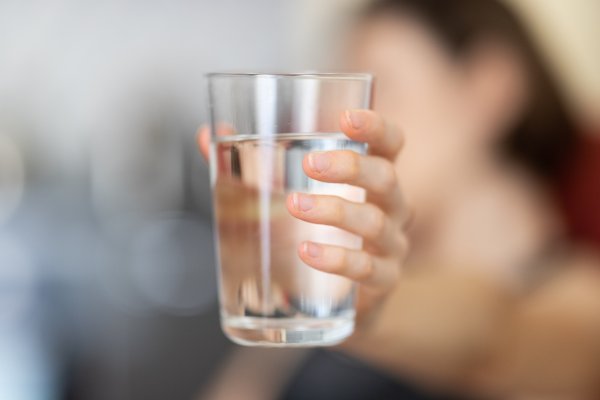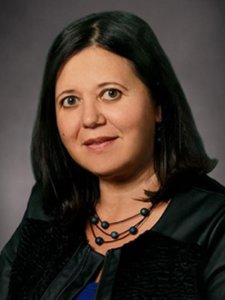
Ferrate(VI) i.e., Tetraoxy-anion of iron in +6 oxidation state (Fe(VI)O42−, Fe(VI)), is a powerful oxidant that can neutralize microorganisms in water and wastewater. It also degrades organic and inorganic impurities, removes suspended particulate materials, and significantly reduces phosphate concentrations in sewage treatment. In fact, a ferrate dose of 0.1 mg/L can achieve more than 95% particle removal from water. However, ferrate is highly unstable in humid environments. Encapsulation of solid potassium salt of ferrate (K2FeO4) can circumvent this inherent drawback and realize the promise of ferrate for water treatment. The remaining challenge is that such an encapsulation requires sophisticated manufacturing techniques, reducing the equitable application of such techniques in austere environments. To address this challenge, the goal of this seed grant is to implement a one-step approach to directly print K2FeO4-loaded capsules having varying capsule boundary thickness to engineer and tailor the release profiles of Ferrate(VI).
The proposed work will start by investigating and engineering the rheological properties of several food-grade biopolymers (e.g., ethyl cellulose) slurries to improve their printability through our custom direct ink writing (DIW) printer. In DIW, a slurry is extruded through a nozzle, therefore, it is extremely challenging to fabricate parts with the right combination of viscosity and structural stability, potentially resulting in a slurry that spreads or collapses. Our approach is to implement a real-time curing method so that every layer is solidified as soon as it is deposited on the print bed. We also envision extending a COMSOL®-based computational modeling method, developed in our group, to predict the K2FeO4 release profile as a function of capsule material and geometry. Guided by our computational modeling results, we will fabricate several capsules using our custom-designed DIW printer, and will investigate the release profiles in different environments (e.g., acidic, oily, etc.) to understand the impact of the environment on the release profiles.
Through these investigations, we will generate new insights to improve our computational modeling, materials processing, and manufacturing techniques to engineer the K2FeO4 capsules. Ultimately, our results will enable equitable access to drinking water in resource-limited environments.



